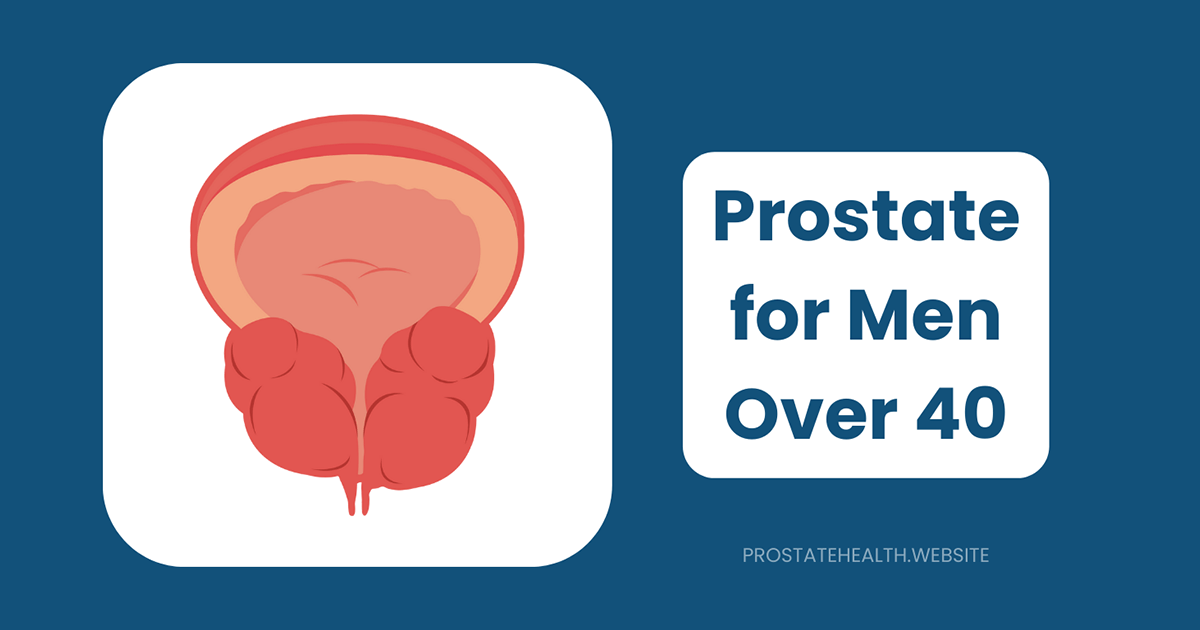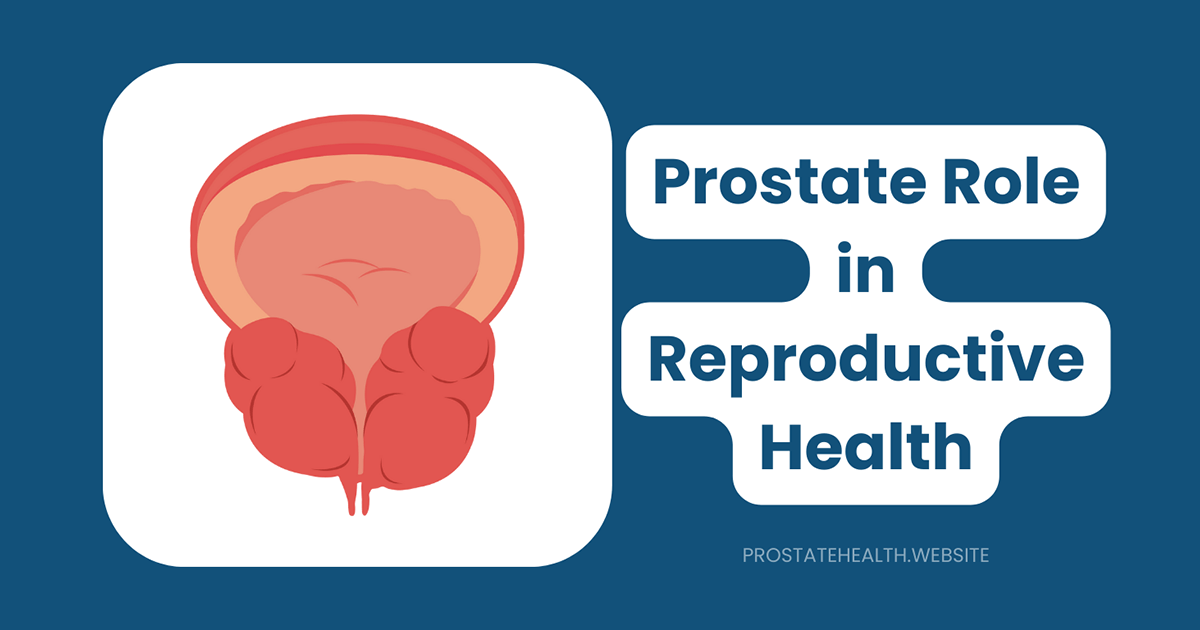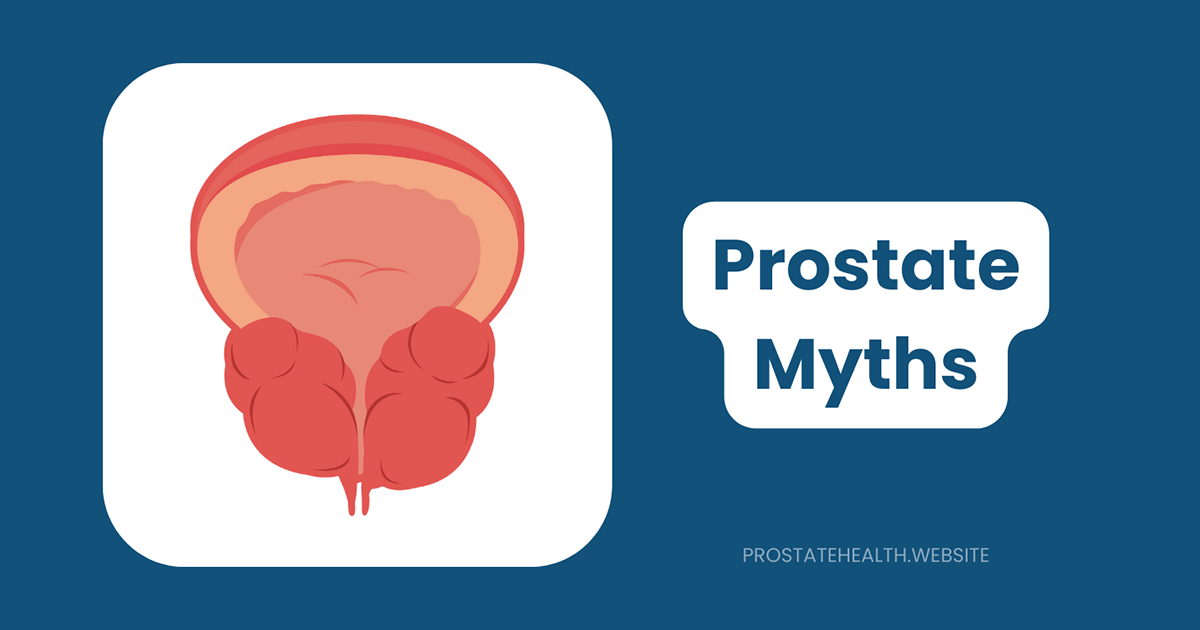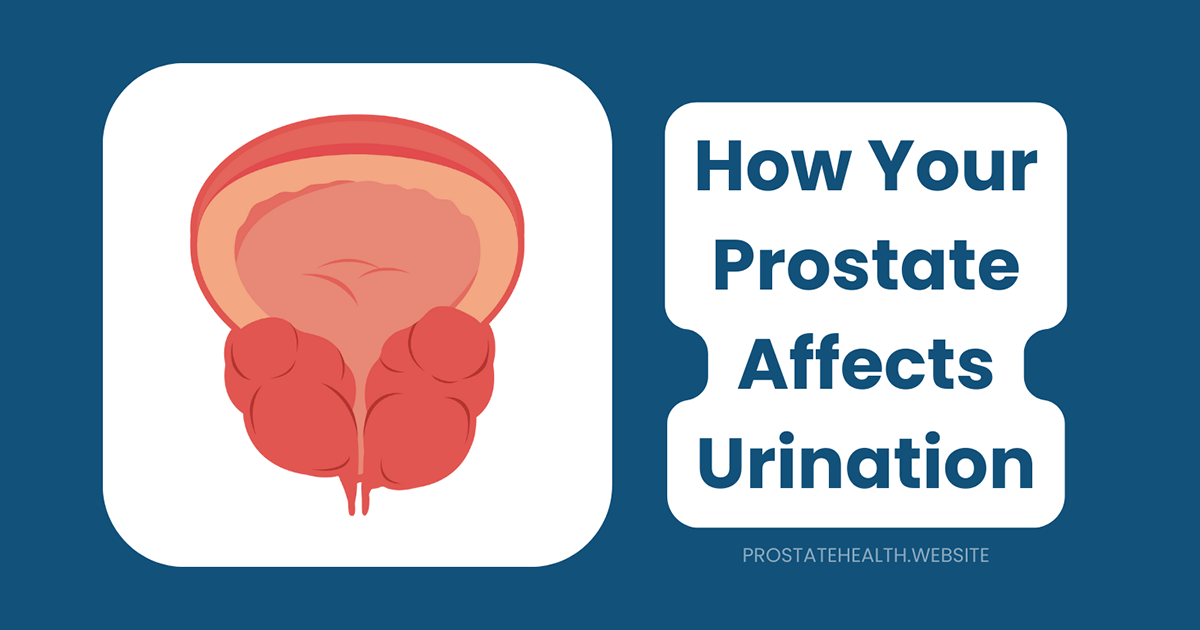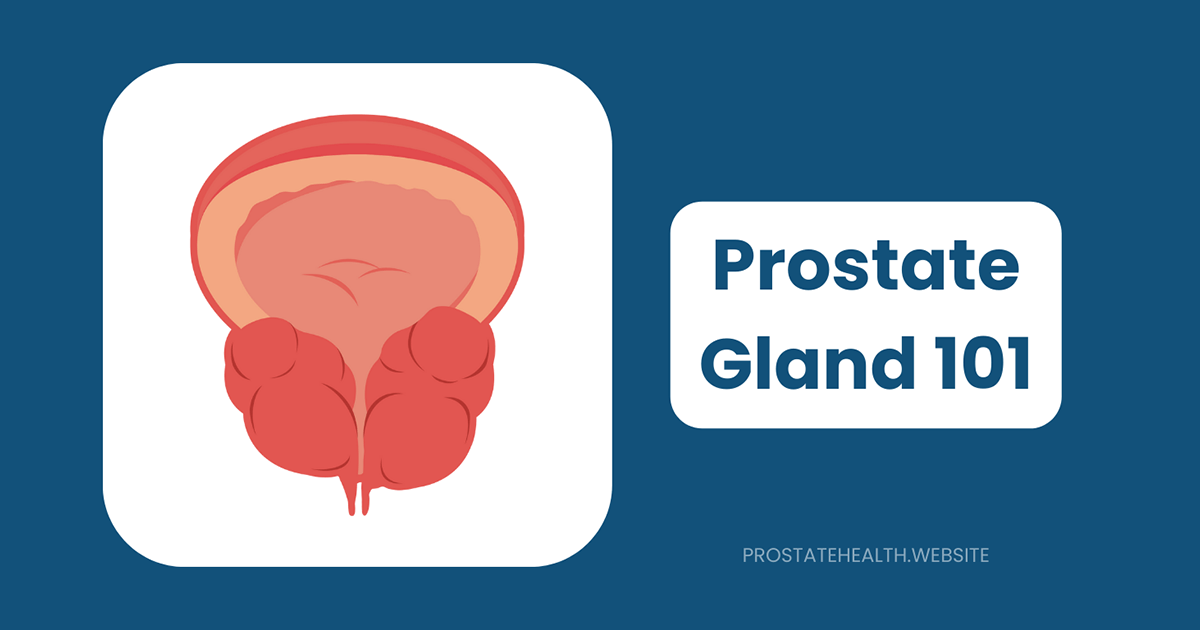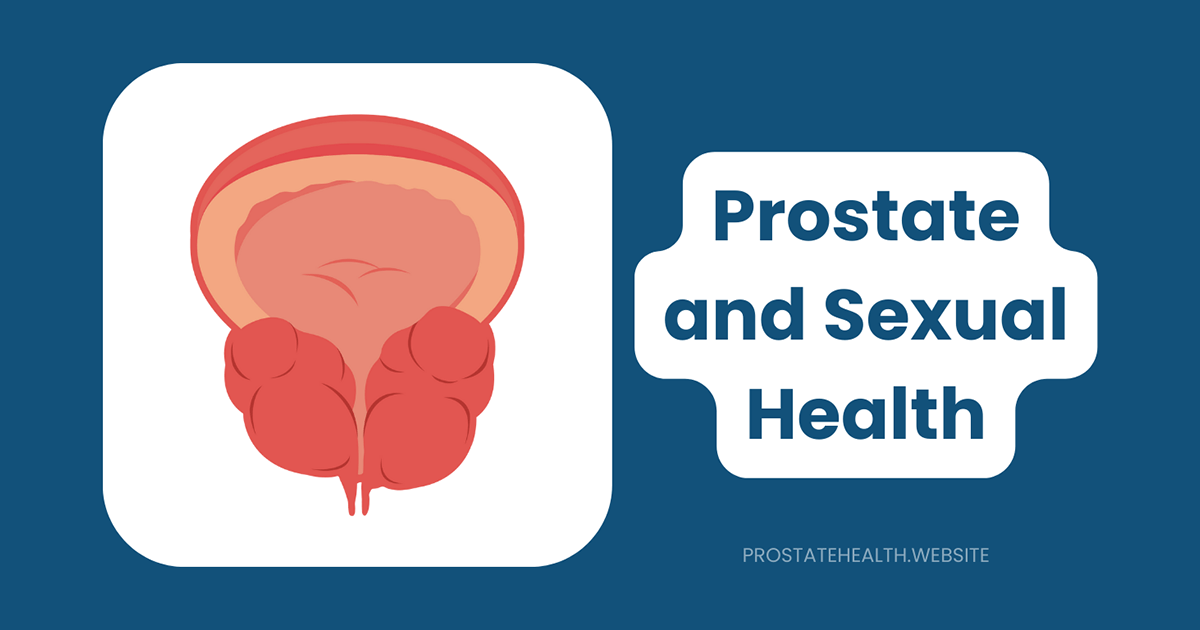How Hormones Affect Your Prostate Throughout Life: A Man’s Guide to Hormonal Health
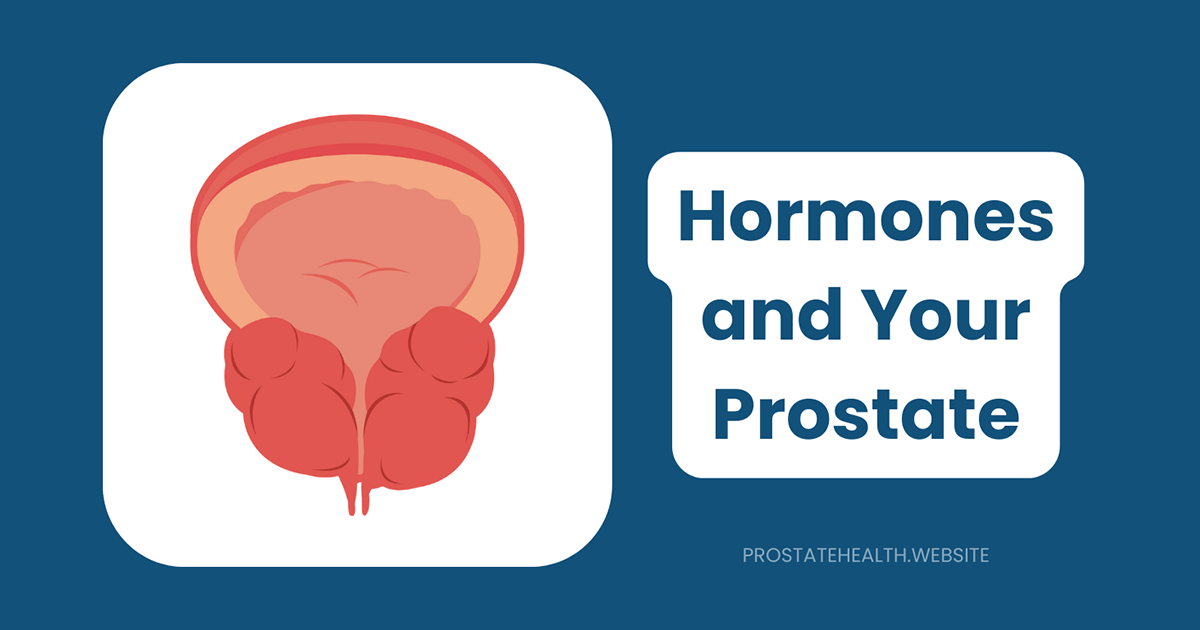
From the moment you’re conceived until your senior years, hormones orchestrate a complex dance that shapes your prostate’s development, function, and sometimes, dysfunction. Understanding this hormonal interplay isn’t just academic—it can help you make informed decisions about your health and recognize when changes might warrant medical attention.
In this comprehensive guide, we’ll explore the fascinating relationship between hormones and your prostate throughout the different stages of life, empowering you with knowledge that could make a significant difference in your long-term health.
The Prostate: A Hormone-Responsive Gland
Before diving into the hormonal journey, let’s establish what makes the prostate so uniquely responsive to hormones in the first place.
The prostate is a walnut-sized gland located below the bladder that produces about 30% of the fluid in semen. What many men don’t realize is that the prostate is extraordinarily sensitive to hormonal signals—particularly male hormones (androgens) like testosterone and its more potent derivative, dihydrotestosterone (DHT).
Dr. James Wilson, endocrinologist at University Medical Center, explains: “The prostate contains abundant hormone receptors that act like satellite dishes, constantly receiving and responding to hormonal signals in the bloodstream. This makes the prostate particularly responsive to hormonal fluctuations throughout a man’s life.”
Prenatal Development: The Prostate’s Hormonal Origins
Your prostate’s relationship with hormones begins before birth. During fetal development, the presence of testosterone triggers the formation of the prostate gland from tissues that would otherwise develop into female reproductive structures.
“This early hormonal influence is critical,” notes Dr. Sarah Williams, reproductive endocrinologist. “Research suggests that hormonal exposures during this sensitive period may influence prostate health decades later in life.”
Studies have found that maternal exposure to certain endocrine-disrupting chemicals during pregnancy may alter normal hormonal signaling, potentially affecting prostate development and setting the stage for increased susceptibility to prostate conditions in adulthood.
Puberty: The Hormonal Surge That Activates the Prostate
The prostate remains relatively dormant throughout childhood until puberty triggers a dramatic surge in testosterone levels. This hormonal flood causes the prostate to grow rapidly, increasing from about the size of a pea to a walnut between the ages of 12 and 20.
During this time, the prostate begins its primary function of producing prostatic fluid—a slightly alkaline secretion that protects and nourishes sperm. This activation is entirely hormone-dependent, highlighting the crucial relationship between androgens and prostate function.
Young Adulthood: Hormonal Balance and Optimal Function
Throughout your 20s and 30s, relatively stable testosterone levels help maintain normal prostate function. During this period, most men experience few prostate issues, as the hormonal environment supports optimal prostate health.
However, this doesn’t mean young men are immune to prostate conditions. Prostatitis—inflammation of the prostate—can affect men of any age and may be influenced by hormonal factors, though the exact relationship remains under investigation.
Dr. Robert Chen, urologist, points out: “While we typically associate prostate problems with older men, younger men should be aware that certain symptoms, like painful urination or ejaculation, could indicate prostate inflammation that may benefit from treatment.”
Middle Age: The Beginning of Hormonal Shifts
As men enter their 40s and 50s, subtle but significant hormonal changes begin to occur. While the dramatic drop in hormones that women experience during menopause has no exact parallel in men, testosterone levels do gradually decline—typically about 1% per year after age 40.
Simultaneously, there are changes in how testosterone is metabolized. The enzyme 5-alpha reductase continues converting testosterone to DHT, but the prostate becomes increasingly sensitive to this potent androgen. Additionally, the balance between testosterone and estrogen (yes, men have estrogen too) begins to shift.
These hormonal changes contribute to benign prostatic hyperplasia (BPH)—non-cancerous enlargement of the prostate—which affects more than 50% of men by age 60. As the prostate enlarges, it can compress the urethra and cause urinary symptoms like frequent urination, weak stream, or difficulty emptying the bladder.
The Estrogen Factor: An Overlooked Influence
While testosterone and DHT receive most of the attention, estrogen plays a surprisingly significant role in prostate health. As men age, declining testosterone levels coupled with relatively stable estrogen production lead to a higher estrogen-to-testosterone ratio.
“This hormonal shift may contribute to prostate growth,” explains Dr. Michael Chen, researcher in men’s health. “The prostate contains both androgen and estrogen receptors, and the balance between these hormonal signals helps regulate prostate cell growth and function.”
Research published in the Journal of Endocrinology has shown that estrogen receptors in the prostate come in two main types—alpha and beta—with opposing effects:
- Estrogen receptor alpha (ERα): Promotes inflammation and proliferation when activated
- Estrogen receptor beta (ERβ): Tends to inhibit growth and has anti-inflammatory effects
This complex interplay helps explain why simply blocking all hormonal activity isn’t always the best approach for prostate health.
Older Age: Hormonal Changes and Prostate Conditions
By the time men reach their 60s and beyond, cumulative hormonal influences have often led to significant prostate changes. BPH continues to progress in many men, and the risk of prostate cancer increases substantially.
Prostate cancer, in particular, demonstrates the profound influence of hormones on prostate health. Most prostate cancers are androgen-dependent, meaning they rely on testosterone and DHT to grow. This hormonal dependency forms the basis for hormone therapy (androgen deprivation therapy or ADT), a common treatment for advanced prostate cancer.
Hormone Therapy: Double-Edged Sword
For men with advanced prostate cancer, hormone therapy can be life-extending by depriving cancer cells of the androgens they need to grow. However, this treatment comes with significant side effects due to the wide-ranging roles testosterone plays throughout the body.
Common side effects of traditional hormone therapy include:
- Hot flashes
- Fatigue
- Loss of muscle mass
- Decreased bone density
- Weight gain
- Sexual dysfunction
- Mood changes
- Cognitive effects
The good news is that research is advancing rapidly in this area. A promising study presented at the 2025 ASCO Genitourinary Cancers Symposium found that hormone delivery via a skin patch containing estradiol (a form of estrogen) may be as effective as traditional methods for prostate cancer treatment with fewer side effects.
In the trial, patients using estradiol patches experienced significantly lower rates of hot flashes (5% vs. 24%) and high blood pressure (5% vs. 17%) compared to those on traditional LHRH drugs, while achieving similar cancer control.
“Repurposing older, inexpensive drugs like estradiol could improve patient outcomes without the need for developing new drugs,” noted the study leader. This approach represents a more nuanced understanding of the hormonal influences on the prostate.
Natural Approaches to Hormonal Balance for Prostate Health
While some hormonal changes are inevitable with age, lifestyle factors can help maintain a healthier hormonal environment for your prostate:
Diet and Nutrition
Research suggests certain dietary patterns may support hormonal balance:
- Mediterranean diet: Rich in fruits, vegetables, whole grains, fish, and olive oil, this eating pattern has been associated with healthier hormone levels and reduced risk of prostate enlargement.
- Limiting dairy and red meat: Some studies suggest high consumption of dairy products and red meat may influence hormone levels in ways that could affect prostate health.
- Phytoestrogens: Plant compounds found in foods like soy, flaxseeds, and certain vegetables have weak estrogen-like effects that may help balance hormonal activity in the prostate. Research on their effects is ongoing, but moderate consumption appears beneficial for many men.
Physical Activity
Regular exercise appears to benefit hormonal balance and prostate health:
- Moderate to vigorous physical activity has been associated with healthier testosterone levels and reduced risk of BPH progression.
- Exercise helps maintain healthy weight, which is important since excess body fat can increase estrogen production and disrupt hormonal balance.
Sleep and Stress Management
Both adequate sleep and stress management are crucial for hormonal health:
- Sleep disruption can lower testosterone levels and increase inflammation, potentially affecting prostate health.
- Chronic stress elevates cortisol, which can disrupt other hormonal systems and potentially contribute to prostate inflammation.
Supplements and Natural Remedies: Separating Fact from Fiction
Many supplements claim to support prostate health through hormonal mechanisms, but the evidence varies considerably:
- Saw palmetto: This popular herb may inhibit 5-alpha reductase (the enzyme that converts testosterone to DHT), potentially reducing prostate growth. Some studies show modest benefits for BPH symptoms, though results are mixed.
- Beta-sitosterol: This plant compound may help improve urinary symptoms associated with BPH, though it doesn’t appear to shrink the prostate.
- Pygeum africanum: Derived from African cherry tree bark, this supplement may have anti-inflammatory effects on the prostate.
- Zinc: The prostate contains high concentrations of zinc, which may help regulate hormonal activity within the gland. Severe zinc deficiency has been associated with increased risk of prostate issues.
Always consult with your healthcare provider before starting any supplement regimen, as some may interact with medications or have unintended effects on hormone levels.
The Future of Hormonal Approaches to Prostate Health
Research into the hormonal regulation of prostate health continues to advance rapidly. Some promising areas include:
- Selective androgen receptor modulators (SARMs): These compounds aim to provide the beneficial effects of androgens on muscle and bone while minimizing effects on the prostate.
- Selective estrogen receptor modulators (SERMs): By targeting specific estrogen receptors, these medications may help balance hormonal activity in the prostate.
- New drug delivery systems: As seen with the estradiol patch research, innovative delivery methods may reduce side effects while maintaining effectiveness.
- Personalized medicine approaches: Genetic testing and biomarkers may help identify which men are most likely to benefit from specific hormonal interventions.
When to Talk to Your Doctor About Hormonal Health
Consider discussing hormonal health with your healthcare provider if you experience:
- New or worsening urinary symptoms (frequent urination, weak stream, difficulty starting urination)
- Sexual dysfunction that may have hormonal components
- Unexplained fatigue, mood changes, or other symptoms that could relate to hormonal shifts
- Family history of prostate conditions, particularly if diagnosed at an early age
- Interest in preventive approaches to maintain prostate health as you age
Remember: Early intervention often leads to better outcomes and may prevent complications down the road.
The Bottom Line: Knowledge Is Power
Understanding how hormones affect your prostate throughout life empowers you to take a proactive approach to your health. By recognizing the normal hormonal changes that occur with age and their potential impact on your prostate, you can make informed decisions about lifestyle modifications, screening, and treatment options.
While hormonal changes are inevitable, their effects on your prostate aren’t entirely predetermined. With the right knowledge and healthcare partnership, you can navigate this aspect of male aging with confidence.

